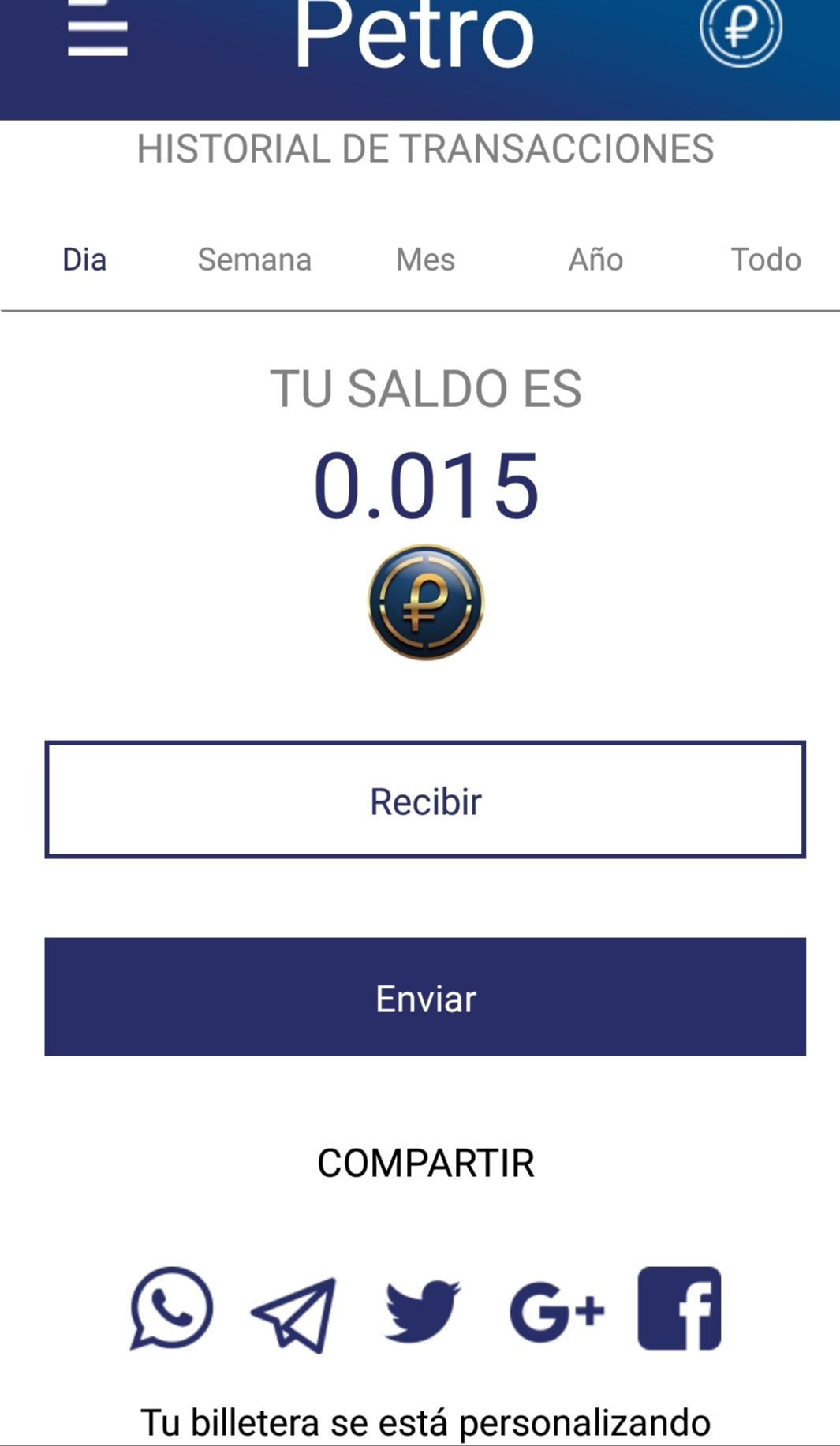Turns out Venezuela’s Oil-Backed Petro Cryptocurrency is Real after All

Venezuela's petro cryptocurrency might be real after all. | Source: Shutterstock
In December 2017, Venezuelan President Nicolas Maduro announced that the South American nation’s government was going to launch an oil-backed cryptocurrency called the Petro. Since then, the cryptocurrency’ actual existence has been questionable, but CCN.com recently got our hands on some tokens.
Venezuela’s Petro Cryptocurrency Exists
Ever since Maduro’s announcement, the Petro has been a controversial cryptocurrency. Maduro has claimed 100 million tokens were to be issued and has since made it an official alternate currency in the country. The Venezuelan leader has pushed its adoption by forcing organizations in Venezuela to use the Petro, and by converting pensioners’ payments to it without their permission.
The oil-backed crypto was launched through an ICO and went on sale in October of last year. In September, an investigation carried out by Reuters seemed to show that neither the Petro nor the oil reserves backing it existed.
After visiting the region where the reserves backing it were supposed to be, the Reuters journalists didn’t find signs of the Petro, nor any shops adopting the cryptocurrency. Recently, however, various Venezuelan political blogs started touting a “cryptocurrency expert” who managed to prove the cryptocurrency was real.
CCN.com reached out to “Jose” to independently verify whether a Petro wallet was accessible, and whether the cryptocurrency actually worked. After a short waiting period, the cryptocurrency enthusiast agreed to send us some tokens.
Initially, we tried to use a NEM-based wallet, as the cryptocurrency originally appeared to be based on its blockchain. Additional research seemed to confirm previous suspicions that the Petro then turned into a “blatant” copy of Dash, as the similarities seem to go beyond its whitepaper.
While this journalist isn’t a Dash expert, Petro address formats – just like those of Dash – contain 34 characters and include both upper and lower case letters with numbers throughout them.
Confirming the Transaction on the Government’s Block Explorer
While Venezuela’s own Petro block explorer isn’t too user-friendly, we were able to find our transaction in it. This gave us access to other transactions and addresses on the mysterious cryptocurrency’s blockchain (assuming it actually is a blockchain).
Our transaction was seemingly included in a block with 0.76 kB in it. Digging around, we easily got to an address with over 5,000 PTR in it that appears to be actively earning tokens by staking them, presumably through a masternode, similar to those on the Dash blockchain.

How much those 5,000 Petros are worth is unclear. As CCN.com reported, different Venezuelan entities give us different exchange rates. Per the country’s central bank, one Petro is currently worth 36,000 sovereign bolivars.
These 36,000 sovereign bolivars, by the central bank’s dubious exchange rate, are worth roughly $17.27, which would mean that the address has over $86,350 worth of Petros in it.
Featured Image from Shutterstock
